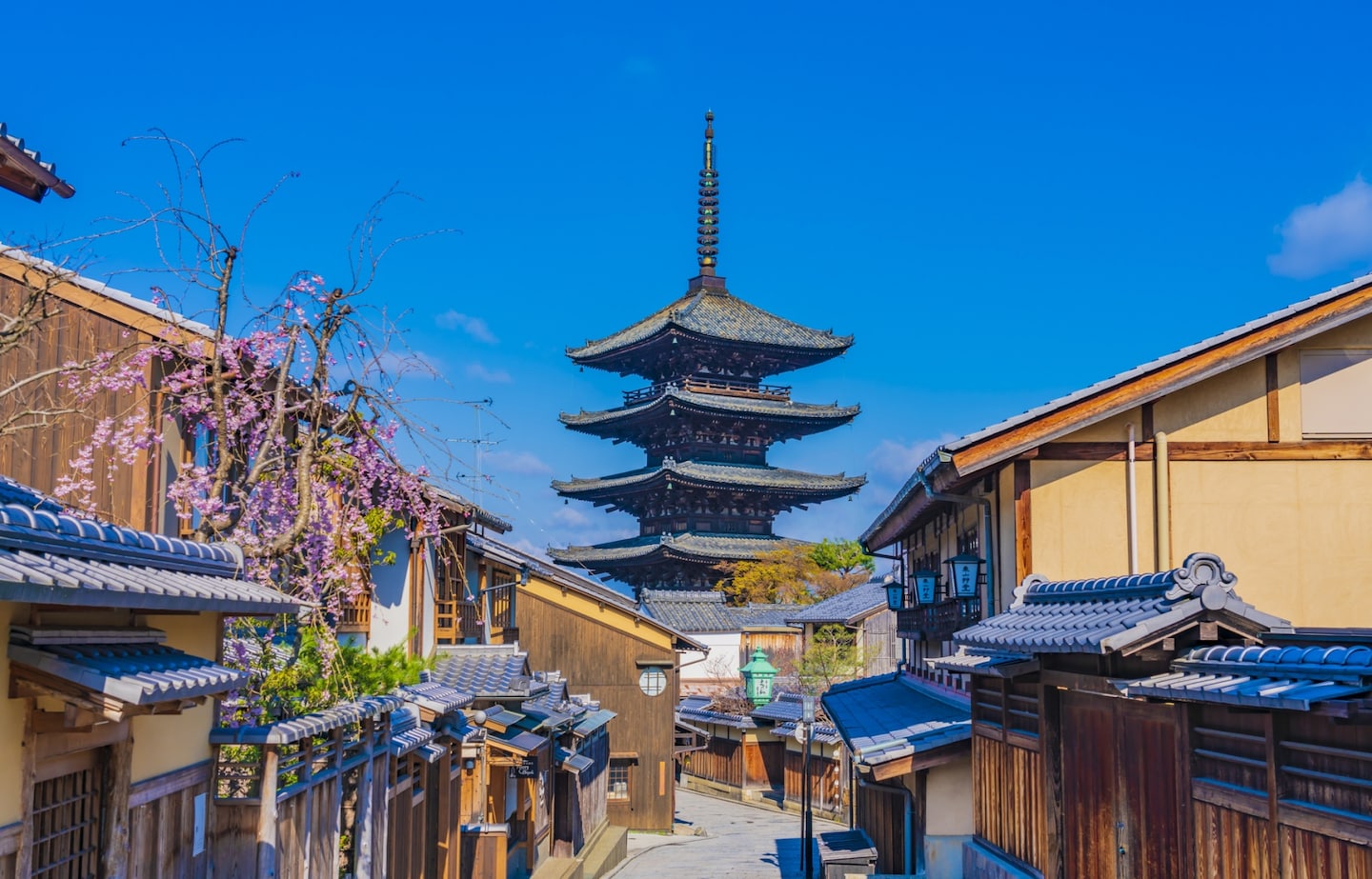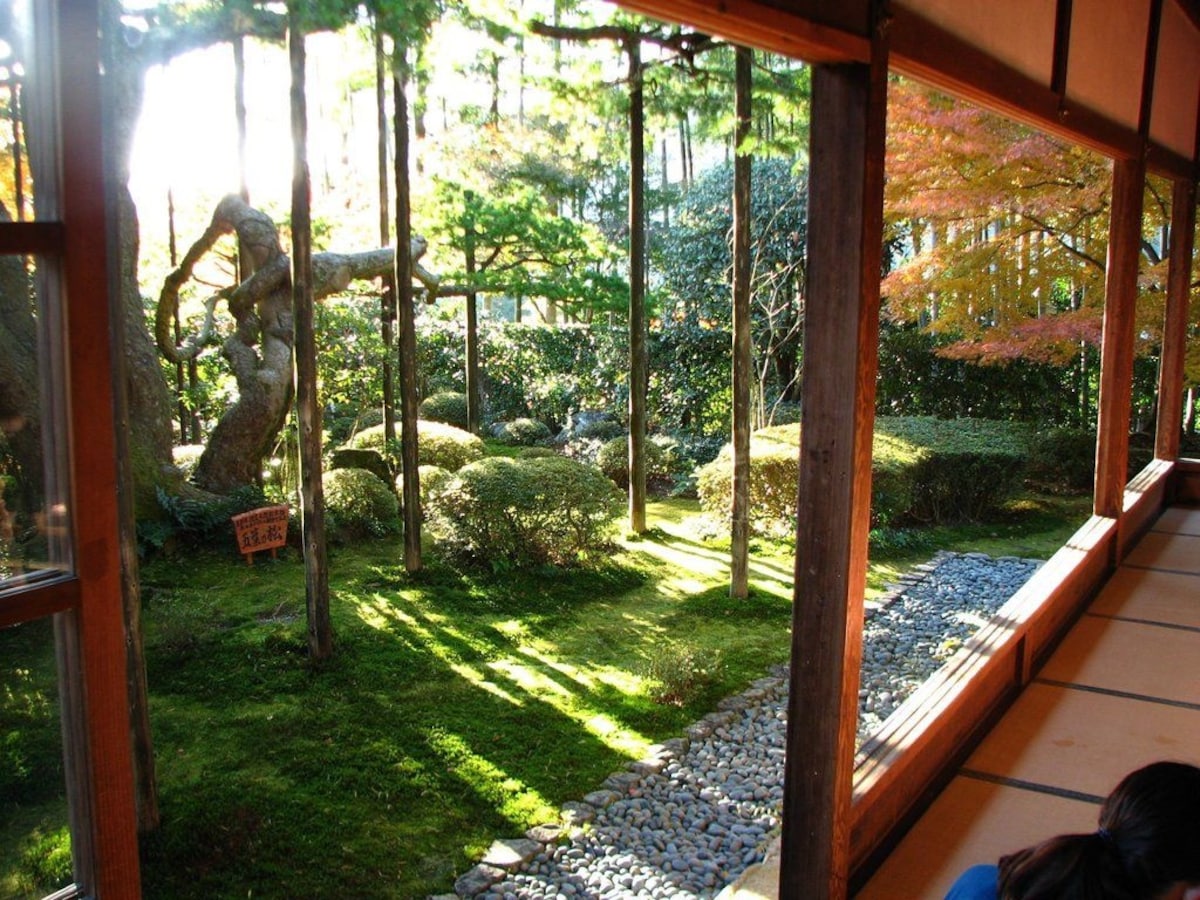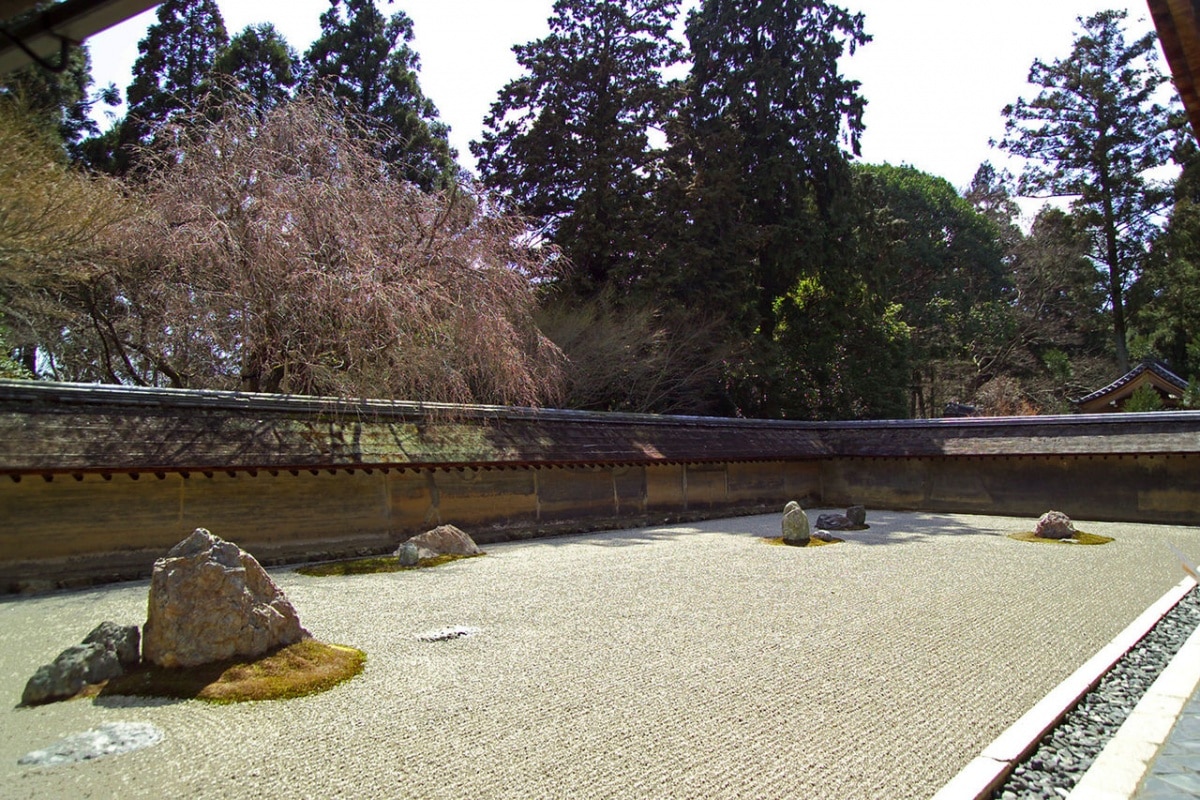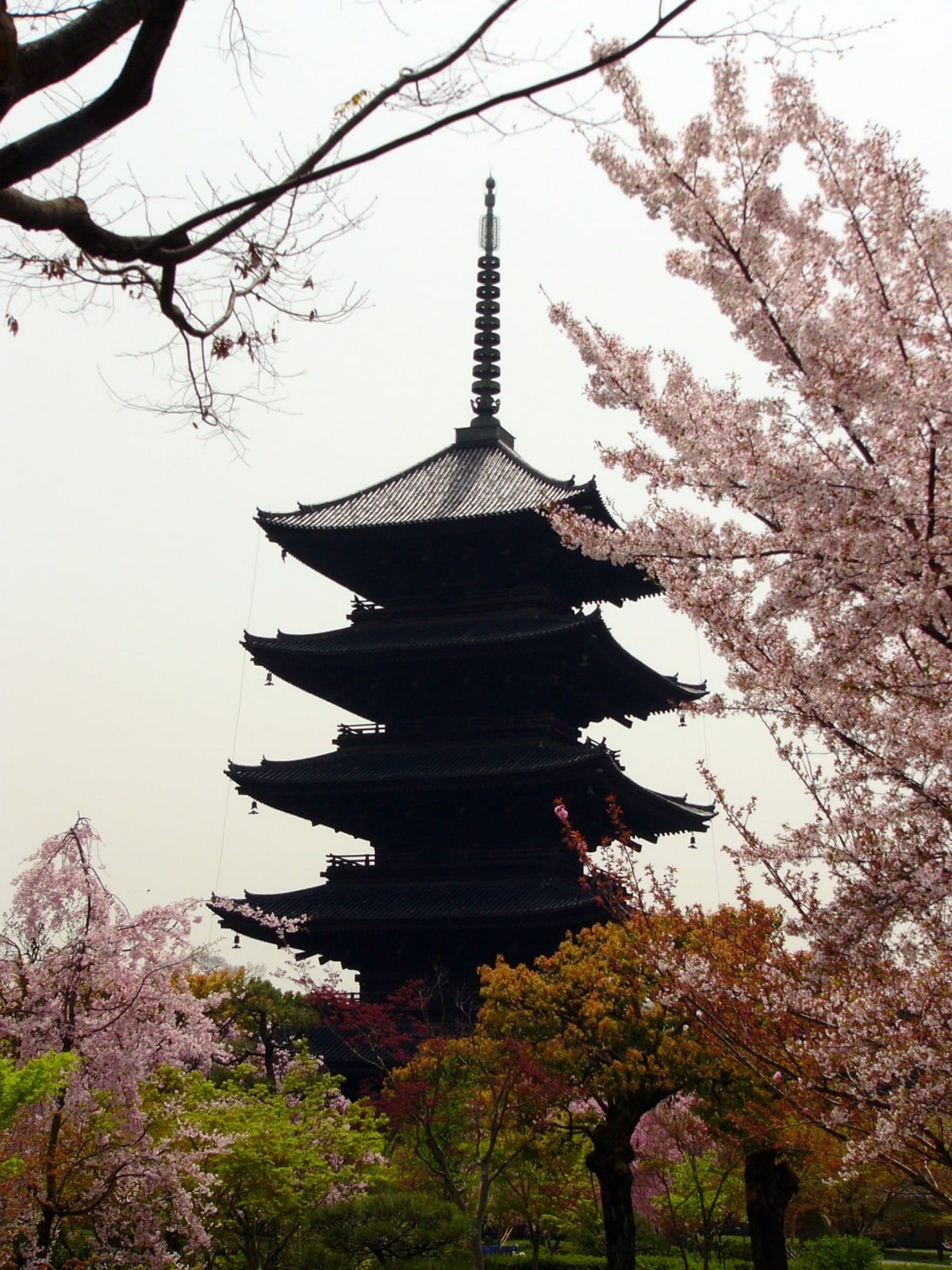Kyoto's Top 5 Photogenic Temples & Sanctuaries

As the former capital of Japan, Kyoto delights the modern world with its preservation of traditional culture. Featuring beautiful landscapes and architecture, get ready to take Instagram-worthy photos of Kyoto’s top 5 photogenic temples!
By Trip1015. Ryoan-ji Temple
Originally an aristocrat’s villa during the Heian Period (794 to 1185), Ryoan-ji Temple is listed as one of the Historic Monuments of Ancient Kyoto and a UNESCO World Heritage Site. Other than the panoramic views of the commodious parks, the temple entices visitors with a different charm.
You may start out curious – why is a rectangular plot of 15 rocks surrounded by low earthen walls the main attraction? However there is truly more than meets the eye. Regarded as Japan’s most famous rock garden, Ryoan-ji Temple’s rock garden sees a design where one rock is always hidden from the viewer at any vantage point. It is said that only after one attains enlightenment, then can the 15th rock be seen.
Hundreds of visitors come to visit this attraction every day, so come in the morning to avoid the crowd. Alternatively, take a languid stroll along the walking trails and discover quaint finds like a pond that dates back to the time when the site still served as an aristocrat’s villa.
Just like the koan, zen riddle of the rock garden, Ryoan-ji Temple surprises you with its enigmatic qualities.
4. Hosen-in Temple

https://www.flickr.com/photos/mshades/304930832/
Perhaps it is the timber from Fushimi Castle in the ceiling of its corridor, or maybe it’s the Goyo-no-matsu, the 700-year-old pine tree that stands in the temple’s garden. Whatever it is, there is no denying that the Hosen-in Temple spells serene throughout.
Experience time slowing to a standstill and surrender yourself to the peace of the small, quiet temple. However, don’t let the humbleness of the temple fool you. The 800-year-old beauty actually features one of the most scenic sights you will find of a temple.
Make yourself comfortable in the large tatami-matted room as you enjoy your complimentary Matcha tea and cake. The unrivalled beauty of the picturesque garden is right in front. Adore the view of the garden resplendent with the pine tree and growing shrubs – where the foliage of the tree is said to resemble that of Mount Fuji. Complete with the backdrop of Kyoto’s mountains, the full-length windows offer you a beautiful view at all times; nature and light working like magic together.
Pay attention to the surroundings and learn a thing or two. Like the Chi-tenjo ceiling which features bloodstained tiles from the Fushimi Castle siege where 300 defenders committed suicide. Feel like a witness to all of the temple’s time and history, and leave carrying much more.
3. To-ji Temple
Ask about the symbol of Kyoto, and many will point you to the To-ji Temple. Just a 15-minutes’ walk from Kyoto Station, the temple is hard to miss with its five-story pagoda peaking at 54.8m (180 feet) high, making it the tallest wooden tower in Japan.
One of Kyoto’s UNESCO world heritage sites, this Buddhist temple of the Shingon sect in Kyoto once stood along the Sai-ji, another temple, with the purpose to protect the nation’s people together. The crowds of visitors are a testament to the temple’s popularity. And you just need to step in to witness the magnificence of To-ji.
Boasting intricate details like the Buddhist pictures and motifs that decorate the temple’s pillars and walls to the pagoda’s majestic architecture, the temple stuns you with its long-standing beauty and tradition.
However, it is the vigour of the people that brings the temple to life. As they floor the traditional Japanese garden or engage in animated chatter, the energy diffuses into the temple and even the residential carps and turtles seem more enthused.
When you are done with the architecture’s marvel, the temple continues to delight you with plenty of things to see and do.
If you happen to visit on the 21st of the month, don’t be too astonished to see around 300,000 pilgrims coming here to pray for good health for the Yakushi Nyorai, the Medicine Buddha, which is the temple’s principal image. The Kobo-san Market is also set up on the temple grounds on the same day, so prepare to fight the crowds or feast in the movement of people.
For the rest of the list, read the full article from our friends at Trip101 via the link below!





